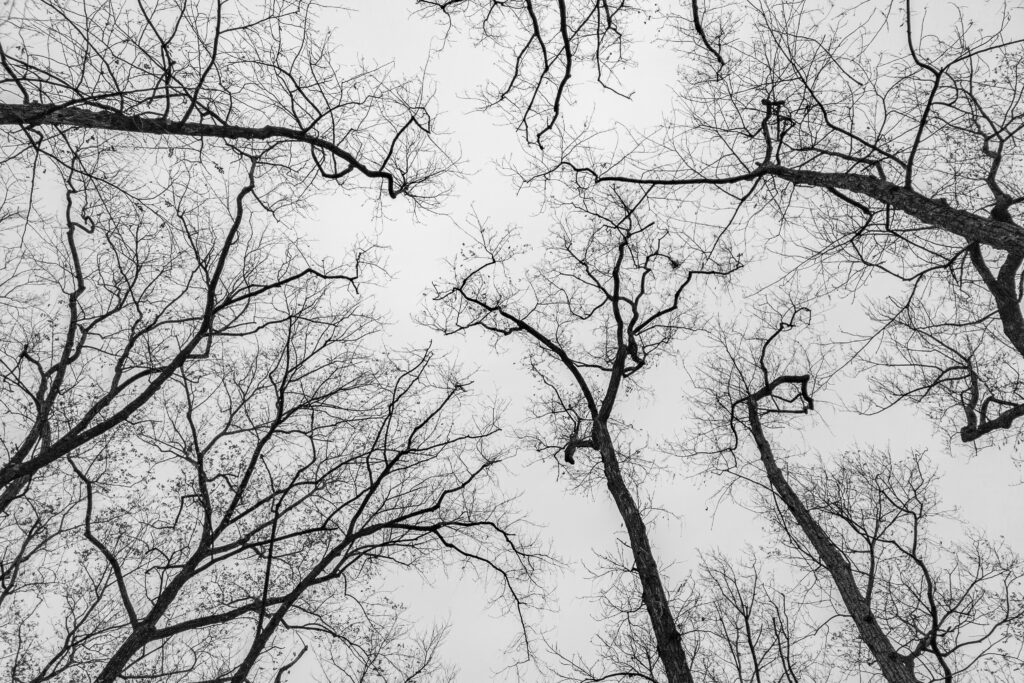Justice in L.A.: A Review of Natashia Deón’s Literary Fantasy The Perishing

Natashia Deón, author of the critically acclaimed novel Grace, has recently released her highly anticipated second novel, The Perishing. Set primarily in 1930s Los Angeles, The Perishing tells the story of Louise, a teen-aged black woman who wakes up in an alleyway without any memory of who she is or how she got there. Adopted by a black family in Boyle Heights, Louise explores her new city and makes friends with the Chinese-American Esther, an aspiring actress. Through her job on the “Death Desk” at the L.A. Times, Louise meets fellow Los Angelenos who teach her about the history of the city and her own mysterious past. Using multiple perspectives and an excitingly jumbled timeline, Deón crafts a narrative that is equal parts coming-of-age and epic historical fiction.
Deón lets readers in on Louise’s mysterious circumstances through the perspective of Sarah, who is revealed to be Louise reincarnated 170 years in the future. The difficult task of crafting multiple points of view within one character proves to be no easy feat. Louise slowly discovers information in real time, while Sarah reflects on one of many lifetimes. To achieve these simultaneously reflective and reactive perspectives, Deón utilizes short sections to switch between these points of view and keep the pages turning. Sarah’s fervent tone communicates a sense of urgency that might come off as moralistic without bearing in mind the context. Deón is imagining what a soul that has lived over a thousand years and multiple lifetimes would have to say about the patterns of injustice she has witnessed. Sarah’s perspective ties together the threads of racial violence from the 1930s to the present day. She even alludes to the racial and social justice issues that come with a pandemic, alluding to those who refuse to wear a mask “because [they]—personally—will likely recover”. Sarah’s sections offer the perspective that comes with living through the repeating cycles of injustice and are charged with the same sense of urgency that prompted the recent Black Lives Matter movement.
The only downside to this complex use of perspective is that Deón loses space to explore some of the other characters. Many of the characters that make up the menagerie of 1930s Los Angeles are pulled straight from the history books. Aimee Semple McPherson, William Mulholland, and most notably, Charlotta Bass make up the 1930’s L.A. landscape that Louise is attempting to navigate. Louise shares a few scenes with Bass, the first Black woman to run a newspaper and gain a vice presidential nomination. In two compelling scenes, Bass offers Louise a job and motivates her to “fight” and stand up for what she knows is right. However, this relationship develops late in the narrative, and I was left wanting more scenes between Louise and Bass. In this way, Deón accomplishes the goal of many historical fiction writers—to leave your readers wanting to learn more about the times and people involved in the narrative.
Deón’s prowess as a historical fiction writer is evident in the way she approaches the lives of people of color living in Los Angeles during the 1930s. The Black Angelenos of that era, like today, yearned for justice for the Black, immigrant, and Native American people who built the city and poured their lives into it. The lack of Black and POC representation in city government is a major theme in the book as well as the broken criminal justice system. Deón, herself a criminal defense attorney, explores polarizing topics like police brutality, racial violence, and the forced reconstruction of POC communities by white city planners with nuance and complexity. A pivotal scene in the book occurs at a city council meeting in which the white councilmen are voting to destroy Louise’s neighborhood, Boyle Heights, in order to construct Route 66. As a reporter covering the meeting, Louise notes that “the government can take somebody’s property and give the person some money . . . Forget what it means to you or your community. And then destroy it.” Determined to stand up for her community but unsure of how to approach these seemingly hopeless issues, Louise turns to writing as the way in which she will affect change. Sarah reflects on her past attitude, saying, “Can you imagine thinking that writing could change the world?”
Deón shares a similar view of her writing as a means to bring about change. In an interview for the Los Angeles Times, Deón states that with this novel she was trying “to make our country and world better. . . . To expose our cyclical pattern of harm in hopes that we, collectively choose to do something this time.” Deón highlights important historical events of the 1920s and 30s, like the breaking of the St. Francis Dam, to comment on the ways in which Black and brown lives are undervalued and underrepresented in a nation that depends and thrives on their talents. Utilizing the voice of Sarah, Deón touches on current issues involving the pandemic and police brutality. The violence against Black bodies, whether through guns or the absence of a mask, is a primary theme of this novel. However, the message of The Perishing remains hopeful. Sarah states, “I don’t want to be like those who can’t yet find themselves in others.” Louise’s attempts to live alongside this violence is never without hope that her voice can change the way Black people are treated in their hometown.
The multiple perspectives of The Perishing offer readers a window into both the past and the future. Deón avoids dystopian cynicism and highlights voices from the past that deserve attention while imagining what those voices might say about our present and our future. She asks her audience to consider how we might learn from history to aid our fight for a better tomorrow. Though immortality may still be out of reach, Deón’s novel reminds us that writing (or any means of using our voices) can be a powerful and enduring force for good.


